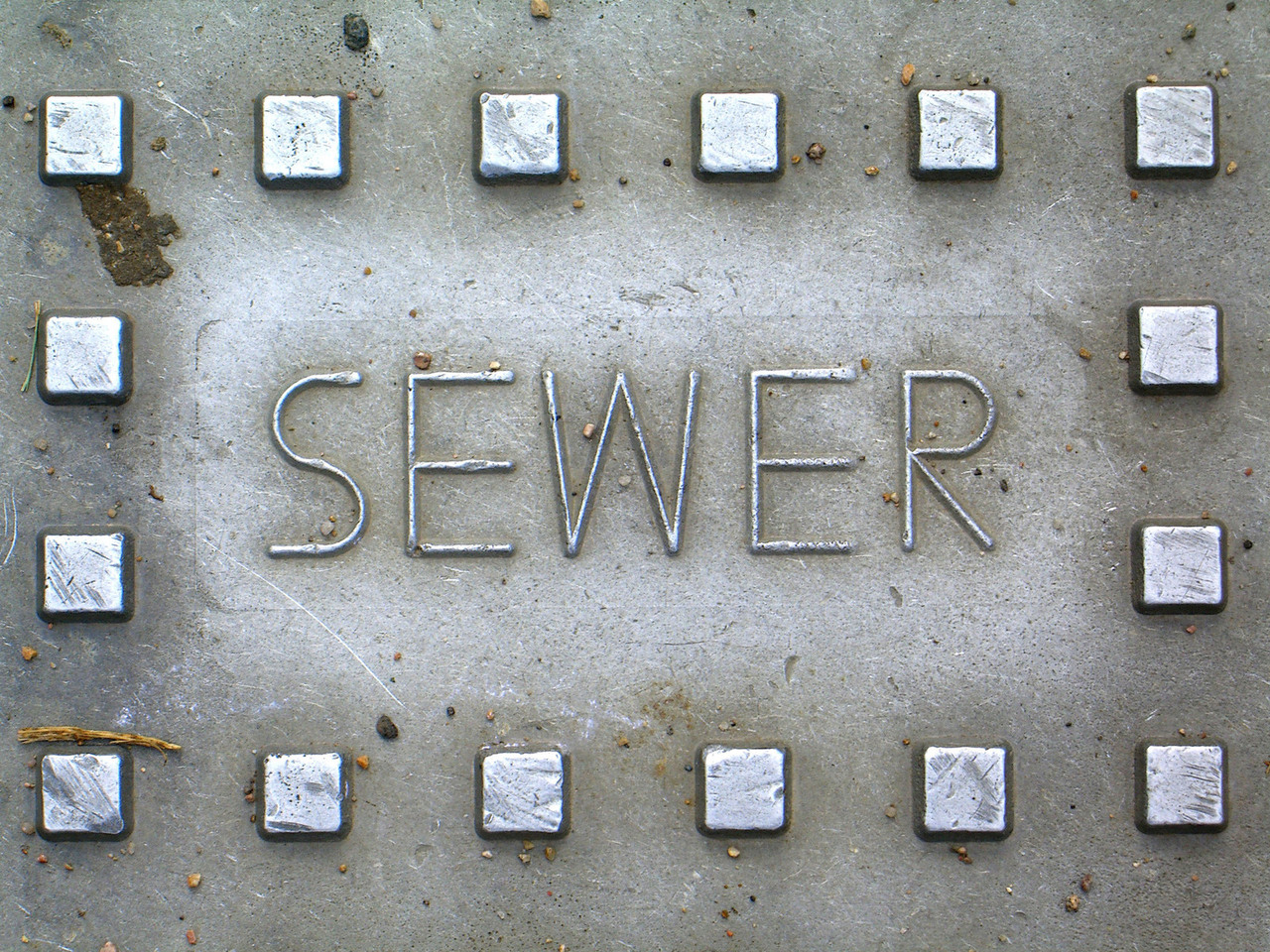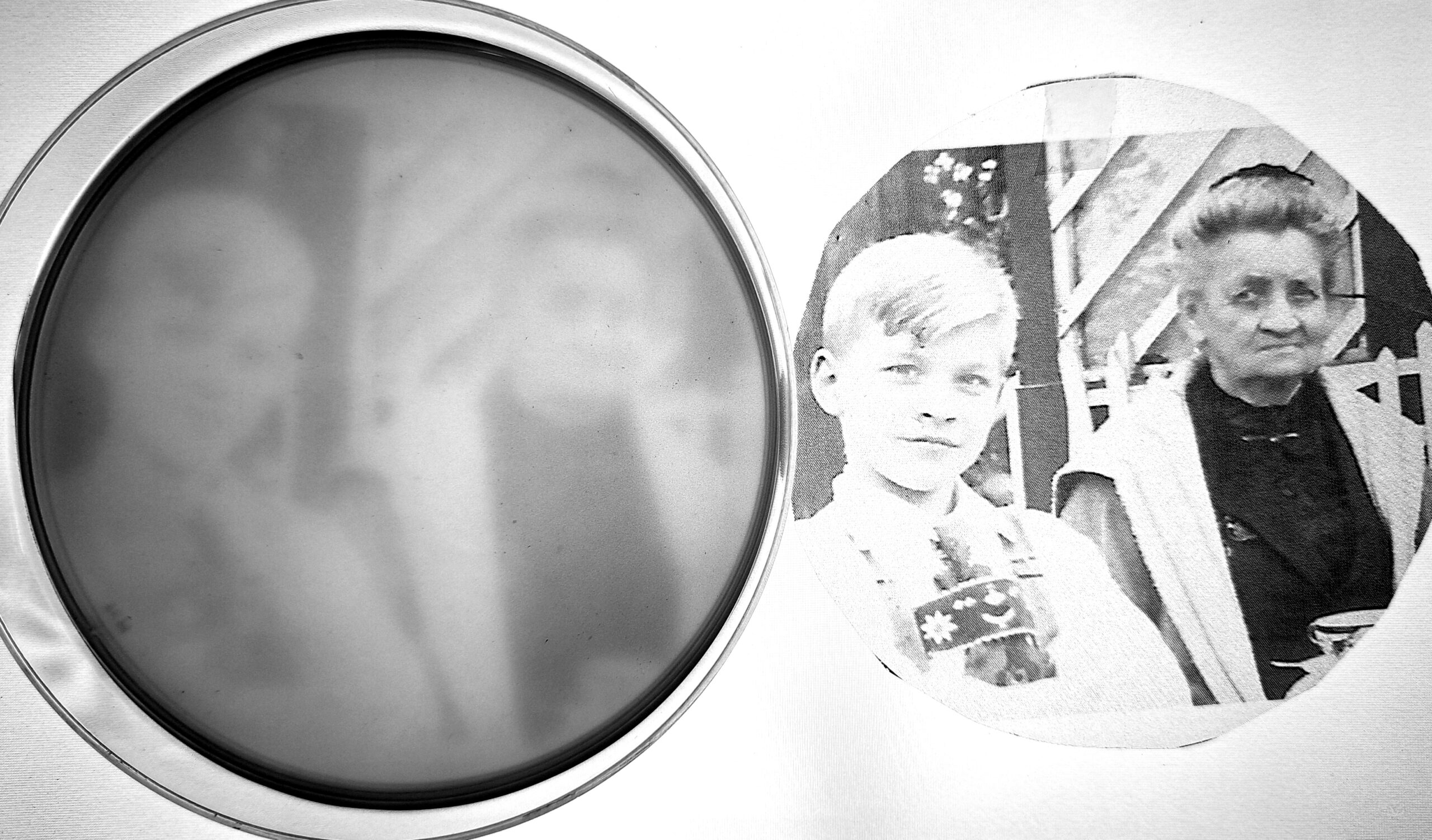Here is the link to the promising diagnostics paper I talk about in this blog post.
“Beware the Ides of March”. The famous five words from William Shakespeare’s Julius Caesar foreshadowing the assassination of the Roman Emperor. I was reminded of the quote while watching a Youtube Video detailing the history of the assassination in mid-March, earlier this year. The COVID-19 pandemic locked down much of Europe at the time, but quarantine protocols had not yet been implemented in Canada. Then suddenly, McMaster and other universities closed their institutions after the Ontario government instituted a state of emergency on March 16th. At that moment, the shock of COVID-19 arrived in Canada with full force. Looking back to that day, I’m sure that the infamous quote warned me of the lockdown procedures that Canada would set in the Ides of March.
The first few months of the state of emergency were surreal. I spent some of that time refreshing the webpages that updated the global COVID-19 case counts. Worse yet, the COVID-19 restrictions completely upended my research project. I scrambled to devise a new research direction since I couldn’t get any clinical specimens from Calgary to finish my project. The only solace I had was that I could stay at home reading about SARS-Cov-2, learning about the causative agent of COVID-19 and the methods that scientists were developing to detect the virus among the infected.
During the quarantine, the government mandated hundreds of thousands of quantitative polymerase chain reaction (qPCR) tests for anyone who had COVID-19 symptoms, returned from abroad, or was a healthcare worker. These qPCR assays involved screening for fragments of the SARS-Cov-2 genome in nasal swab specimens collected from potential SARS-Cov-2 carriers. Two small DNA fragments, called primers, exclusively flank a piece of the SARS-Cov-2 genome for amplification. The qPCR assay operates in cycles where the presence of any SARS-Cov-2 fragment in the clinical specimens doubles with each cycle. The number of cycles required to amplify enough SARS-Cov-2 material to be detected can be used to calculate how much SARS-Cov-2 genome material was originally present in the nasal swab.
As the first wave slowed down in the summer, Canada slowly opened up. I went back to work, visited the local burger joint, and even went back to church. As society opened up however, I had a COVID-19 scare of my own. One of my close contacts had met someone who was diagnosed with COVID-19. I was at work when I heard the news, and I travelled to the nearest testing centre to get myself screened as soon as I could. I felt a drowning sensation when the health workers performed the nasal swabbing on me, but I thankfully tested negative.
I’m truly grateful looking back at that incident. I was able to get myself a COVID-19 test result within 24 hours after doing my nasal swab. A lot of people now have to set up appointments just to get tested. Never mind the possibly week-long wait to get the results back. The whole ordeal made me recall the struggle the government was having to contact trace all the COVID-19 cases. Upon further reflection, I wondered: was there a faster way to know whether a locale recently had a SARS-Cov-2 infection spike?
With that in mind, I turned my attention to my Masters thesis project. For my MSc project, I evaluated DNA sequencing for its ability to identify novel bacterial markers of septic tank contamination in groundwater. As a control, I used qPCR assays to detect a gene fragment acting as a fingerprint exclusively for Bacteroides, an abundant microbe living in human guts. qPCR assays were commonly used to track sources of fecal contamination in drinking water sources. Given that, there may be promise in tracking SARS-Cov-2 in sewage as well.
My initial thoughts on the matter focused on detecting live SARS-Cov-2 particles in fecal matter. Although COVID-19 patients can shed live SARS-Cov-2 particles in feces, no study has conclusively demonstrated that the fecal-oral route is a viable SARS-Cov-2 transmission route. Yes we can all feel more assured about the virus not having another transmission route. Nevertheless, what was good news on the transmission side became bad news for my tracking tingles. If the SARS-Cov-2 tracking community couldn’t detect live particles in sewage, what else could we do?
That’s where this paper comes in. Instead of tracking the viral particles themselves, we could use qPCR assays to detect viral particles in unprocecssed sewage. While some patients shed live SARS-Cov-2 particles, it’s more common to see patients shedding the RNA from SARS-Cov-2 in fecal matter (see example study linked here). The authors from Yale University used qPCR assays to measure the amount of SARS-Cov-2 RNA in primary sludge collected from the second largest wastewater treatment plant in Connecticut. The numbers of SARS-Cov-2 RNA was then compared with the number of tests positive for SARS-Cov-2, the percentage of positive test results, and the number of COVID-19 hospital admissions (See Figure 2).
What’s really promising about this study is how similar the line graphs look when tracking each of the aforementioned parameters. In particular, the number of positive tests among those who took the test spiked at the same time the sudden increase in SARS-Cov-2 RNA copy counts was observed (you can find this spike throughout the month of April). The number of hospital admissions also follows the same trend as the concentration of SARS-Cov-2 RNA fragments in primary sludge, with admissions and counts highest in April before gradually declining towards the end of May.
On top of that, what makes the study even more promising is how the virus RNA concentration spikes in primarly sludge occurs at the end of March, immediately before the spikes in COVID-19 hospitalizations. Figure 3 suggests that we can track changes in SARS-Cov-2 concentrations in sewage to predict a sudden spike in COVID-19 hospitalizations 1-4 days prior and test results by report date 1 week before it occurs. While not much can be said for the reasons underlying the lag, the results do provide promise towards monitoring sewage for any large spikes in SARS-Cov-2 infections in the locales the wastewater treatment plants serve.
I’ve wondered about using primary sludge in Hamilton to test for potential spikes in COVID-19 cases. The Yale study was able to detect a spike of 150 positive cases in a single week, all while the virus RNA concentration spiked in sewage before the spike in new cases. Better yet, the advances in RNA extraction protocols make it possible for researchers to obtain test results from sewage after a single day of RNA extractions and qPCR assays. This finding comes at an opportune time for Hamilton, given that it’s possible that 25-35% of COVID-19 infected people cannot trace where they were infected with the virus. The fact that we could predict sudden increases in COVID-19 cases in Hamilton using sewage could be very useful for evaluating the efficacy of infection control measures in Hamilton and other cities in Ontario.
Thanks for reading this blog post! Tell me what you think of sewage as a possible way to track SARS-Cov-2 in the comments section below. I’ll be posting my first CF-related blog post next, so stay tuned for that. In the meantime, if you enjoyed this blog post, be sure to click on the “Follow” button below. By doing so, you’ll get an email notification of any new blog posts I make.
References
Chen, Y., Chen, L., Deng, Q., Zhang, G., Wu, K., Ni, L., Yang, Y., Liu, B., Wang, W., Wei, C., et al. (2020). The presence of SARS-CoV-2 RNA in the feces of COVID-19 patients. Journal of Medical Virology 92, 833–840.
Peccia, J., Zulli, A., Brackney, D.E., Grubaugh, N.D., Kaplan, E.H., Casanovas-Massana, A., Ko, A.I., Malik, A.A., Wang, D., Wang, M., et al. (2020). Measurement of SARS-CoV-2 RNA in wastewater tracks community infection dynamics. Nature Biotechnology 38, 1164–1167.
Xiao, F., Sun, J., Xu, Y., Li, F., Huang, X., Li, H., Zhao, J., Huang, J., and Zhao, J. (2020). Infectious SARS-CoV-2 in Feces of Patient with Severe COVID-19 – Volume 26, Number 8—August 2020 – Emerging Infectious Diseases journal – CDC. Emerg. Infect. Dis. 26.
(2020). 42 new cases of COVID-19 and 3 new deaths in Hamilton on Monday. CBC
Author
-

Paul Naphtali is a seasoned online marketing consultant. He brings to the table three years of online marketing and copywriting experience within the life sciences industry. His MSc and PhD experience also provides him with the acumen to understand complex literature and translate it to any audience. This way, he can fulfill his passion for sharing the beauty of biomedical research and inspiring action from his readers.
View all posts




